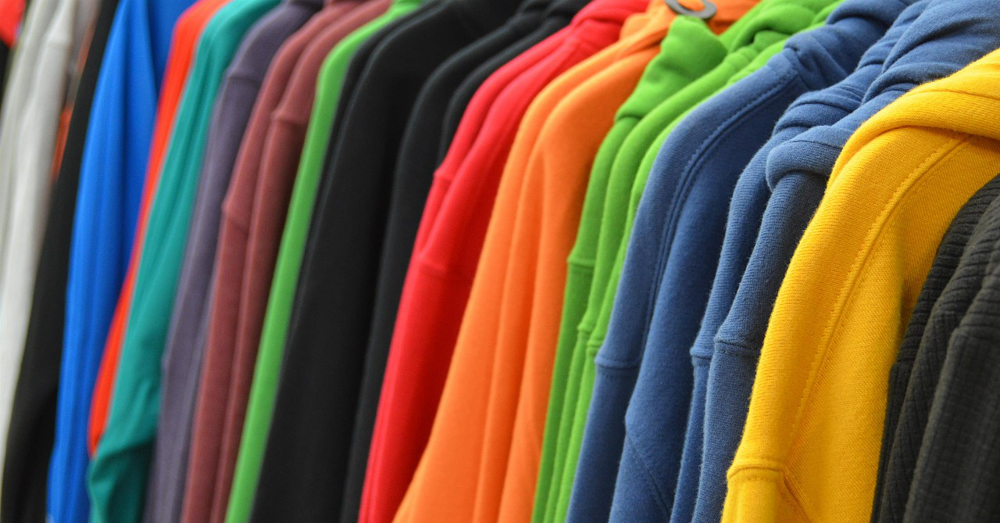
A New Textiles Economy: Redesigning Fashion’s Future
Fashion is a vibrant industry that employs hundreds of millions, generates significant revenues, and touches almost everyone, everywhere. Since the 20th century, clothing has increasingly been considered as disposable, and the industry has become highly globalised, with garments often designed in one country, manufactured in another and sold worldwide at an ever-increasing pace.
November 28, 2017 | Source: Ellen MacArthur Foundation | by
Fashion is a vibrant industry that employs hundreds of millions, generates significant revenues, and touches almost everyone, everywhere. Since the 20th century, clothing has increasingly been considered as disposable, and the industry has become highly globalised, with garments often designed in one country, manufactured in another and sold worldwide at an ever-increasing pace. This trend has been further accentuated over the past 15 years by rising demand from a growing middle class across the globe with higher disposable income, and the emergence of the ‘fast fashion’ phenomenon, leading to a doubling in production over the same period.
The time has come to transition to a textile system that delivers better economic, societal, and environmental outcomes. The report A new textiles economy: Redesigning fashion’s future outlines a vision and sets out ambitions and actions – based on the principles of a circular economy – to design out negative impacts and capture a USD 500 billion economic opportunity by truly transforming the way clothes are designed, sold, and used.
The current textiles system has major drawbacks
Currently, steady production growth is intrinsically linked to a decline in utilisation per item, leading to an incredible amount of waste. It is estimated that more than half of fast fashion production is disposed of in under a year, and one garbage truck full of textiles is landfilled or burnt every second. This factor combined with a very low rate of recycling – less than 1% of material used – leads to an ever-expanding pressure on resources. This ‘take-make-dispose’ system is not only extremely wasteful, but also very polluting. The use of substances of concern in textile production has an important impact on farmers’ and factory workers’ health as well as on the surrounding environment. During use, it has been recently estimated that, half a million tonnes of plastic microfibres shed during washing ends up in the ocean and ultimately enters the food chain. In other words, we may end up eating our own clothes. If nothing is done, these severe weaknesses are expected to grow exponentially with dramatic environmental, societal, and economic consequences, ultimately putting industry profitability at risk.
